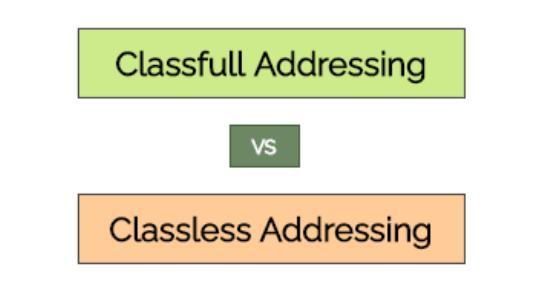Thinking About Plastic Surgery Before Your Wedding? Here’s What You Should Know
- December 11, 2025
- blog
Alright, let’s be real—weddings can feel like the Olympics of looking good. The buildup, the photos,… Read More

Classless addressing revolutionizes how IP addresses are allocated and managed in contemporary networks. Diverging from the traditional class-based system, classless addressing employs flexible address allocation to optimize resources. Understanding its advantages is crucial for network administrators, engineers, and businesses seeking efficient, scalable, and robust networking solutions.
The classless addressing eliminates the rigid constraints of classful networks. Using Variable Length Subnet Masking (VLSM) allows for the precise allocation of IP addresses based on the exact number of required hosts. This granular control reduces wastage, as IP blocks can be divided into subnets that closely match demand. For example, an organization needing 200 IP addresses can receive a /24 subnet rather than a larger, underutilized classful block. This efficiency in IP address usage is particularly vital given the exponential growth of devices connected to the internet.
Classless addressing significantly simplifies routing. The deployment of Classless Inter-Domain Routing (CIDR) supports hierarchical aggregation of IP prefixes. By summarizing multiple IP addresses into a single advertisement, CIDR reduces the size of routing tables and minimizes the processing burden on routers. Consequently, this results in faster and more efficient routing processes. Network performance improves as routing protocols like OSPF and BGP can operate with less strain, leading to quicker convergence times and enhanced overall network stability.
Modern networks benefit from the scalability offered by classless addressing. As organizations expand, they need flexible network designs that can grow dynamically. Classless addressing supports such scalability by enabling seamless addition of new subnets without major reconfiguration. For instance, network segments can be easily expanded by allocating additional IP ranges within CIDR blocks, and supporting new branches, departments, or services. This adaptability ensures that network infrastructure can evolve in step with organizational needs, maintaining performance and reliability.
Classless addressing helps in minimizing network congestion. By optimally allocating IP addresses, it ensures that available bandwidth is maximized across the network. For densely populated areas, like data centers or corporate campuses, efficient addressing prevents bottlenecks and enhances data flow. Moreover, reduced routing table sizes mean that routers forward packets more efficiently, lowering latency and improving overall speed. Thus, classless addressing plays a pivotal role in managing and maintaining high-performance networks.
Network administrators find classless addressing easier to manage and troubleshoot. VLSM allows them to create subnets that align precisely with organizational requirements, simplifying IP allocation and reducing administrative overhead. Tools and protocols designed for classless addressing, such as DHCP and DNS, seamlessly integrate to automate network functions. This integration streamlines tasks, while comprehensive documentation and clear subnetting eliminate confusion, making network operations more straightforward and effective.
Classless addressing provides a foundation for future-proof networks. As technology evolves, so too do networking demands. The flexibility and efficiency of classless addressing ensure that networks can adapt to new standards, technologies, and increased user demands. By mitigating the risk of IP exhaustion and easing the transition to newer protocols like IPv6, classless addressing secures sustainable growth and longevity for modern networks. This adaptability positions organizations to meet future challenges head-on, maintaining competitive advantage.
Classless addressing stands out as a superior solution for modern networks due to its efficient IP utilization, simplified routing, enhanced scalability, and reduced congestion. It streamlines network management and provides a robust framework for future growth. Adopting classless addressing ensures that organizations can optimize their network infrastructure, support expanding demands, and maintain high performance and reliability. Embracing this flexible and efficient addressing scheme is essential for staying ahead in the constantly evolving landscape of modern IP networking.